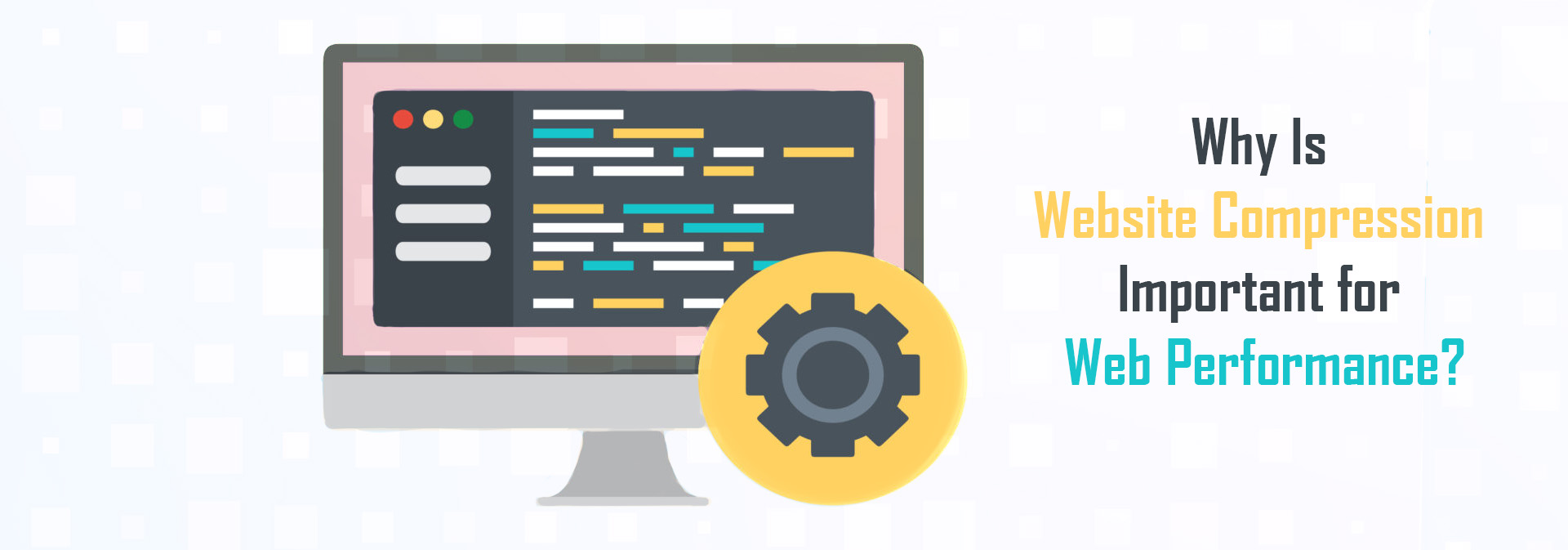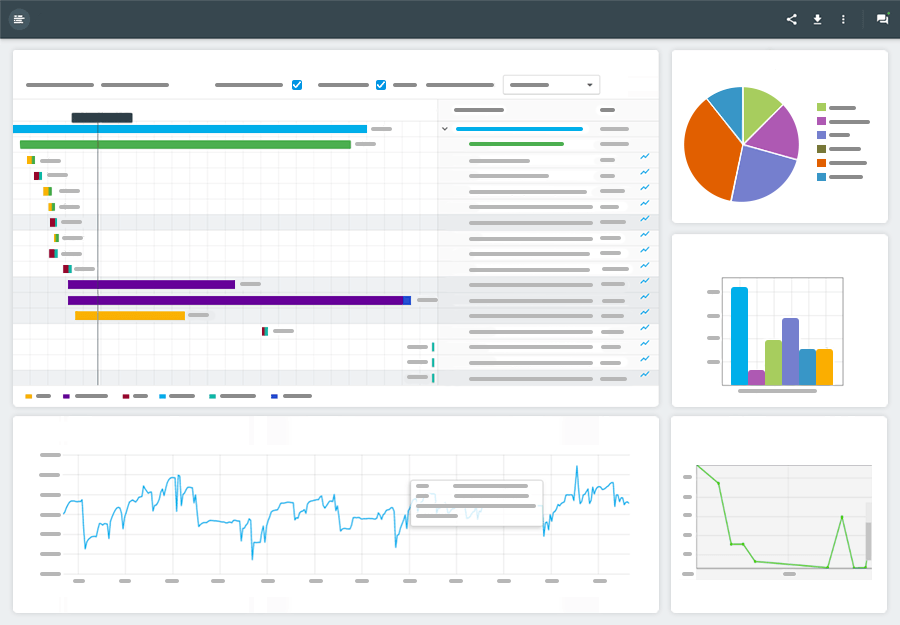 If you’ve spent any time researching website best practices, then you’ve likely come across the topic of compression. Within the realm of web performance, few topics are as important and valuable as taking a standard file size and reducing it for streamlined performance.
If you’ve spent any time researching website best practices, then you’ve likely come across the topic of compression. Within the realm of web performance, few topics are as important and valuable as taking a standard file size and reducing it for streamlined performance.
While there are many reasons why you should focus on file compression, why is it so important when improving web performance? Moreover, what happens if you don’t compress your website files? To understand this topic, then we must dive into the compact world of optimized file compression.
What Is Website Compression? A Brief Overview
In order to understand website compression, you must first learn how a website actually works. Essentially, when you visit a site, your web browser sends a request to the server that houses the website files. This request first works to establish a connection. Afterwards, the server submits your website files via HTTP Request Packets.
Located within each packet are the various files that create a website. Everything from code stylesheets to images are transmitted to your browser. Once these files are received, they must be downloaded and rendered. Doesn’t seem that complicated, right? Well, not everything is as it seems.
Because HTTP Request Packets are limited in size, there are sometimes hundreds, if not thousands, of these individual packets transmitted. To make things feel even more overwhelming, all this must happen within a matter of seconds. In fact, desktop users demand a website be fully operational within three-seconds, while mobile users expect complete functionality within five-seconds.
Website compression essentially lubricates this entire process to reduce the duration of file transfers and rendering. By compressing your site, you essentially make it smaller and quicker to retrieve. This results in significant performance improvements, as well as happier visitors.
The Speed of Small – Compression and User Experience
Perhaps the most important reason why you should engage in compression boils down to speed. As mentioned earlier, the average internet user demands a specific level of performance. While some websites are able to sustain these expectations because they’re naturally small and lightweight sites, the majority of online enterprises aren’t so lucky.
By compressing website codes, such as with GZIP, the end-user browser not only retrieves the files faster, but renders the code without hesitation. This is because most compression techniques simultaneously optimize the actual code, such as removing excess whitespace, eliminating redundancies and erasing empty commands.
The Cornerstone of SEO – Overall Performance
While compressing your site to improve end-user experience is enough of a reason to engage in this technique, its impact on SEO is equally as impressive. As you may be aware, website performance is among the top factors Google and other search engines use when determining SERP (Search Engine Results Page) ranking.
Essentially, a faster performing website ranks higher. Therefore, one of the primary pillars of optimum SEO strategies has nothing to do with on-page content and back-end tags. Rather, it’s performance via compression. If you’ve noticed your site lagging behind for your keywords, or your organic traffic lagging, compress and optimize your site. Within a short period of time, you’ll soon experience the ranking and traffic your site deserves.


